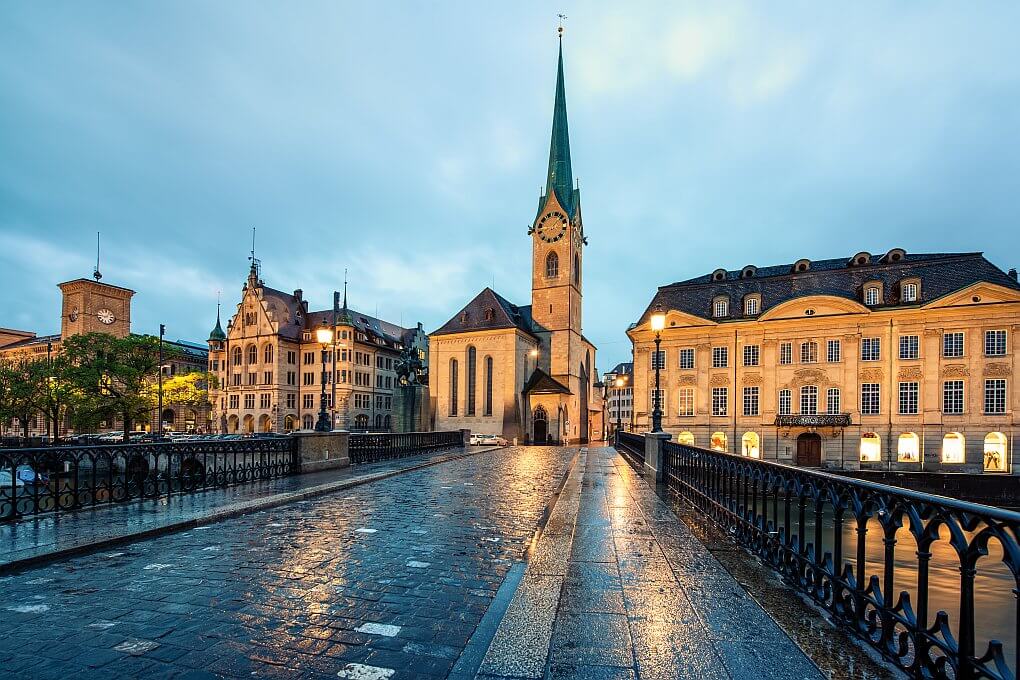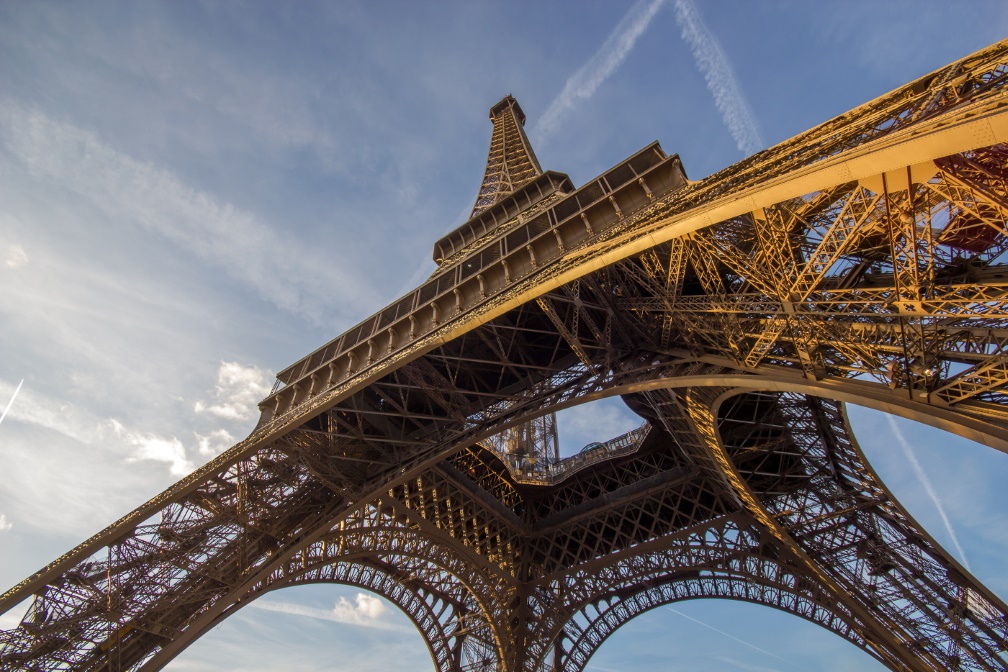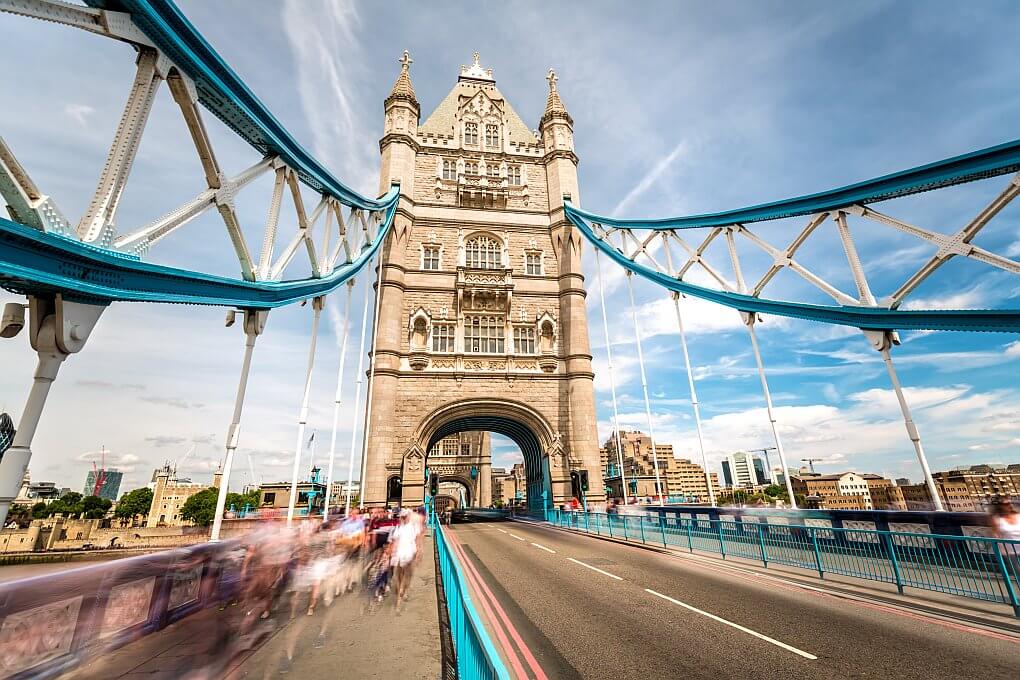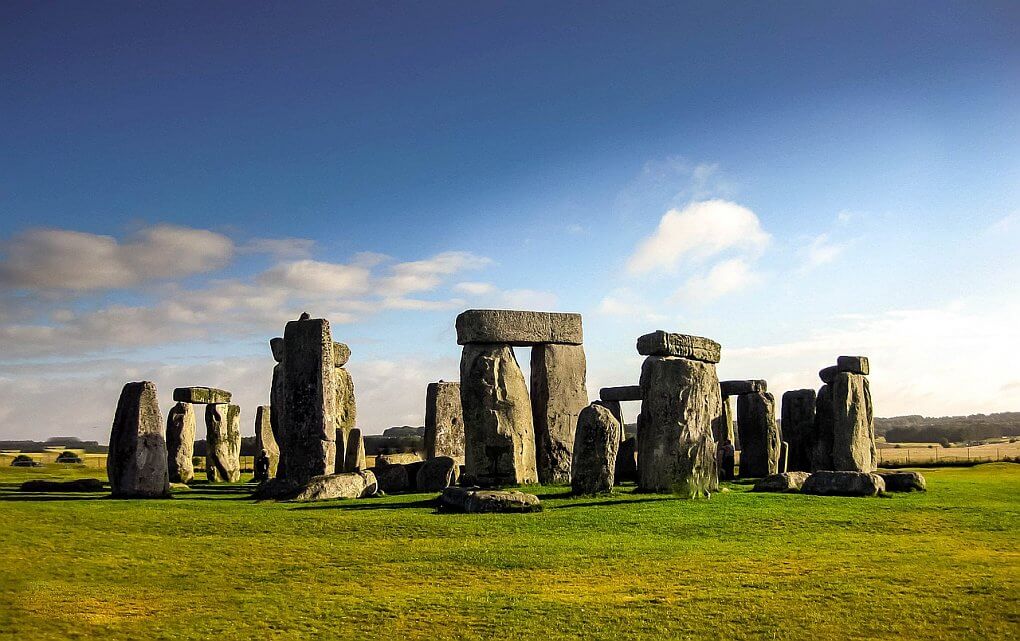
Taking Photos of Famous Landmarks Without People
Whether you're an amateur or professional photographer, you probably know how frustrating it can be to try and take the perfect picture. This can be a challenge when suddenly a group of people walk into your shot and your photo is ruined. Even though some photos look great with people on them, this may not always fit into your motif. This is the case when it comes to historical sights, as people wearing modern trendy clothes don’t really match the historical elements in the picture, thus this can then distract from the picturesque subject.
In this article we will show you various techniques and tips on how to capture photos of famous landmarks.
Choosing the Right Time
It can be a challenge to avoid large crowds at popular sights. However, with the right planning you will be able to get the perfect shot without people. By choosing the right timing, you can significantly reduce the number of people in your photos.
Getting Up Early or Taking Photos in the Late Evening
An effective way to take photos without lots of people is to photograph sights early in the morning or late in the evening. The blue hour before sunrise and after sunset offers soft, diffused light and there are usually fewer people out and about. Cool and intense colours will be the dominant tones in your photos when photographing early in the morning, whereas the golden hour in the evening provides warm, soft light. It is recommended to take photos around these times and use a tripod for longer exposure times. Patience is the key to capturing the perfect moment without people.
Take Advantage of the Low Season and Weekdays
If you visit tourist sights during the week or in the low season, you will be able to avoid the large crowds. There are usually fewer people travelling outside of peak travel times and on weekdays. For example, plan your visit on a Monday or Tuesday and avoid the summer holidays and bank holidays.
Tip
Google Maps offers information on the number of visitors over the course of a day for many places of interest. This data is based on anonymised location information and can help you to find the best time for your visit.
Check the Weather Forecast
It may be a good idea to visit landmarks on days when the weather isn’t very good. Rain, fog or snow prevent many people from visiting famous sights. At the same time, these weather conditions can create a special atmosphere for your photos. Fog gives your pictures a mystical mood, while rain creates reflective surfaces and makes colours appear more intense. Snow looks wonderful on photos and it can create a magical scene. Use weather apps to plan when to take photos and make the most of the bad weather. This will help you take great shots with a unique touch and without large crowds.

Check Insider Tips and Hidden Gems
Venturing off the beaten track is a good idea, as you may discover equally impressive sights that are less famous. Make sure to check fantastic places for photos in travel guides and blogs that are not as well known. Use local tips and insider information on social media to find these hidden gems. You could also ask locals about their favourite places and explore areas away from the main attractions. These places often offer unique photo opportunities and are usually not yet overrun by tourists. It is also worth taking photos of well-known sights from a different angle or capturing only parts of them with a close-up shot. This way, you can avoid people in your shots and still take impressive pictures.
Techniques and Editing Images for Deserted Shots
Sometimes trying to take photos of famous landmarks without people is a challenge, even when you avoid peak times. However, there are advanced camera settings and image editing software that can help you remove people from your photos in order to get a great result.
Grey Filter and Long Exposure
With the help of a grey filter and long exposure, moving objects, such as people or vehicles, can be removed from your shots. A grey filter, also known as an ND filter, is a heavily tinted glass that is placed in front of your camera lens. Depending on the model, it may be a magnetic filter, screw-on attachment or a plug-in device. The filters are available in different tint strengths and the manufacturers specify the strength of the filter calculated in f-stops or in an exposure time factor. It is advantageous to have two different filters so that you can cover a wider range and combine them.

Below we will show you how to take a shot with a long exposure:
- Setting up your camera: put your camera on a tripod to avoid camera shake.
- Measure the exposure: check your exposure measurement without a grey filter to determine the required exposure time.
- Attach the filter: put your grey filter on your camera lens.
- Adjust the settings: check the correct exposure time on a conversion table for grey filters and set the focus and exposure time manually.
- Taking a shot with long exposure: a long exposure time blurs all moving objects in the picture until they are no longer recognisable.
Grey filters and a long exposure are particularly well suited to daylight or dimly lit environments and can produce impressive, clear images without distracting people or objects.
Editing Images
Sometimes it is unavoidable that people are in your picture. This is where image editing comes into play. With modern image editing software, apps and AI tools, you can remove people from your photos.
Modern image editing software such as Adobe Photoshop or Remove.bg use artificial intelligence to precisely remove people and objects and realistically reconstruct the background. There are several tools in Photoshop that are based on artificial intelligence, such as Content Aware Fill. Use the Lasso Tool to mark the objects that needs to be removed and select ‘Content-Aware Fill’ under ‘Edit’. Photoshop will do the rest, as it will reconstruct the background as if the objects have never been there. The web application Remove.bg also uses advanced AI algorithms to precisely recognise and remove people and other objects from photos. Simply upload your photo onto the website and the AI will do the rest. This is particularly useful for portraits and images with clear objects in the foreground.
Tip
In the following article, we will show you step by step the different ways to move or remove objects in your photos: Photoshop Tutorial on How to Remove and Move Objects

In addition to the wide range of photo editing software, there are also some apps that can help you to remove people from your images:
- TouchRetouch: this user-friendly app allows you to highlight things in your photo with a simple touch and the app will take care of the rest.
- Snapseed: this photo app from Google offers a tool called ‘Heal’, which you can use to remove smaller objects and people from your photos.
- Adobe Photoshop Express: the mobile version of Photoshop offers basic editing options, including the removal of objects. It doesn’t offer as many features as the desktop version, but it’s great to use when out and about or on holiday.
- PhotoDirector: this app offers a variety of editing tools, including the option to remove unwanted objects and people.
Conclusion
Taking photos of famous landmarks without people requires patience, planning and different techniques. By choosing the right times, such as in the early morning or late evening, you can take great shots whilst avoiding large crowds. In addition, avoid the large crowds by taking advantage of the low season and weekdays to explore popular places. Weather conditions such as rain, fog or snow also play a role in how many people will be out and about visiting different sights. These weather conditions can also give your photos an amazing and unique touch.
In addition, grey filters and long exposure techniques allow you to remove moving objects such as people and vehicles from your pictures. This requires some technical expertise and practice, but they offer great results. If people cannot be avoided in your image, modern image editing software such as Adobe Photoshop or specialised apps such as TouchRetouch can help to remove people and realistically reconstruct the background in your photo.
